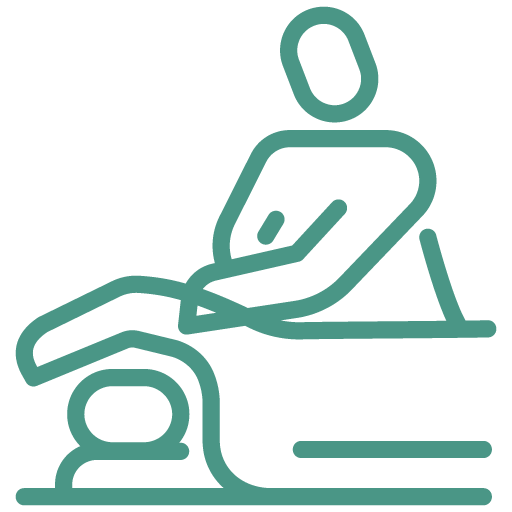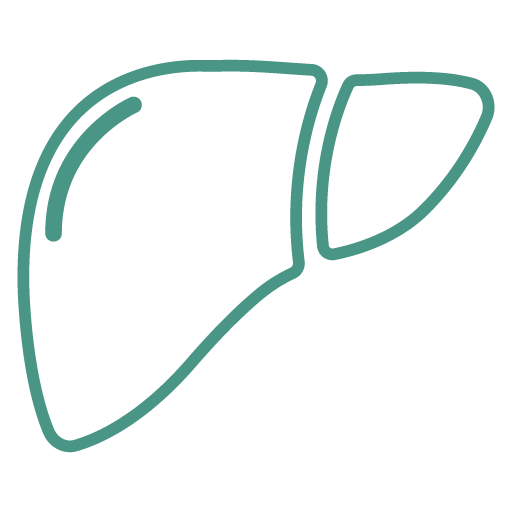Dr. Massimo Allegri, head of the pain therapy clinic at the Columbus Clinic
According to the most recent studies, 20% of the adult population are affected by chronic pain. Moreover, it is not only elderly people who are involved, but also working adults and people who practice sports. Women are more affected than men.
It is normally thought that pain is exclusively the symptom of another disease, but in reality it is often independent and requires specific diagnosis and treatment.
In fact, sometimes it is a real illness no longer connected to the mechanism that generated it. The pain dramatically worsens the quality of life causing changes that can further worsen the daily life in the long term. Just think of back pain that affects 30% of the adult population at least once in a lifetime, up to point of reducing the sufferer to being unable to work, leading to complete disability and social isolation.
This disease can be controlled by pain therapy, a specialized discipline that deals with the diagnosis and therapy/resolution of pain. In fact, in order to control pain, it must be diagnosed correctly, determining how and when the pain manifests itself and then providing specific pharmacological and/or infiltrative and/or surgical responses. Obviously the therapeutic indications are based on an overall and personal global approach to the person who suffers. Pain therapy is therefore a discipline that must always consider the patient as a whole. It is essential in pain therapy to always consider the patient as a whole.
To understand how common pain is, it is sufficient to think of arthritis, back pain, cervical pain, fibromyalgia, or neuropathic pain when these cannot be resolved by surgery or by dealing with the underlying pathology. In this case it is obvious that the correct diagnosis and specialized treatment of the pain are necessary and must always customized based on the patient’s characteristics. Pain therapy is precisely this specialized discipline that, in collaboration with other doctors, allows us to understand the origin of pain and how and why it is manifesting in the person. After the correct diagnosis, pharmacological therapies and tests can be initiated that can confirm what has been detected and to determine which treatment is the most appropriate.
However, it is essential to understand that pain must be combatted and controlled as soon as possible. The longer the pain is maintained over time, the easier it is for complex mechanisms to become established, making the pain yet harder to manage. Promptness is, therefore, the key element to interrupt the “short-circuit” that perpetuates and increases pain.
There are useful drugs and minimally invasive techniques that can put the pain pathways “to sleep”.
Drug therapy is the first strategy, but must always be followed over time in order to tailor it to the individual’s response. Other times, however, infiltrations can be used, allowing the drug to be placed precisely at the specific point, and/or methodologies used in the case of only nerve injuries which guide the pain (radiofrequency), or “trick” the painful message through surgical interventions in which neurostimulators, which can cancel the pain, are placed in the medullary space. Naturally, all these techniques are valid and achievable only after a careful evaluation by the pain therapist and other specialists who have excluded other surgical and/or medical possibilities.
“Pain therapy” – says Dr. Massimo Allegri, head of the pain therapy clinic at the Columbus Clinic – “is therefore the discipline that provides integrated and multidisciplinary responses to anyone complaining of chronic pain without having found specialist alternatives or when the pain it is not controlled despite ongoing therapy (e.g. pain in the patient with cancer, diabetes, or persistent pain after surgery). Treating pain can significantly improve the quality of life by reducing the mechanisms that lead to both chronic and permanent suffering”.















